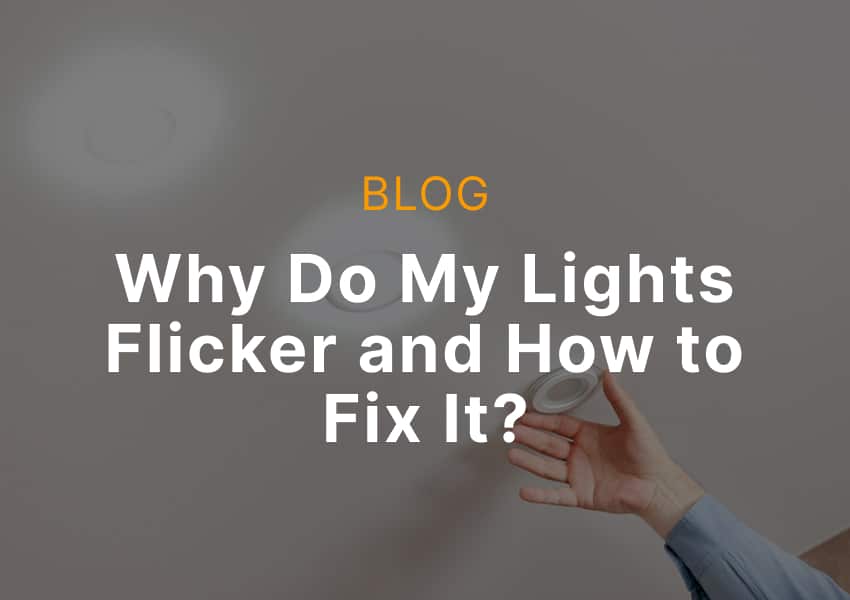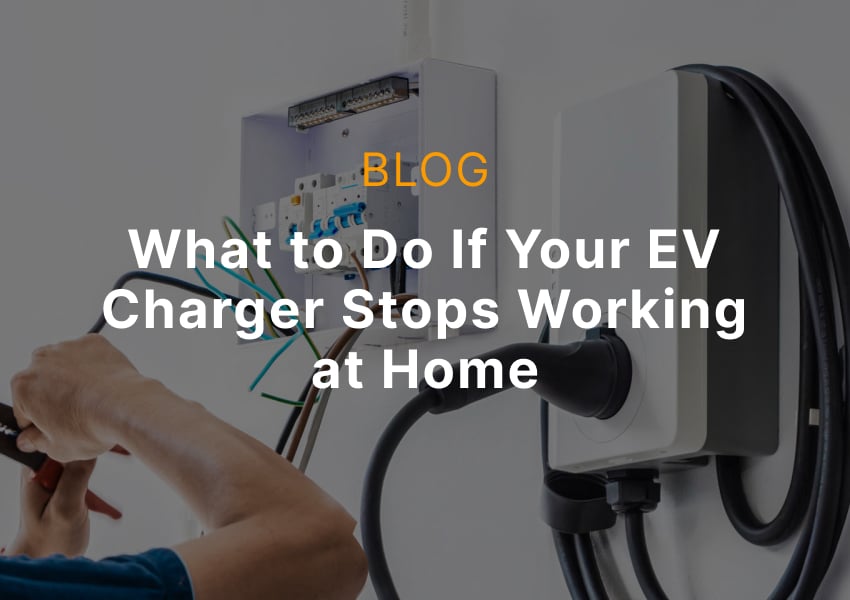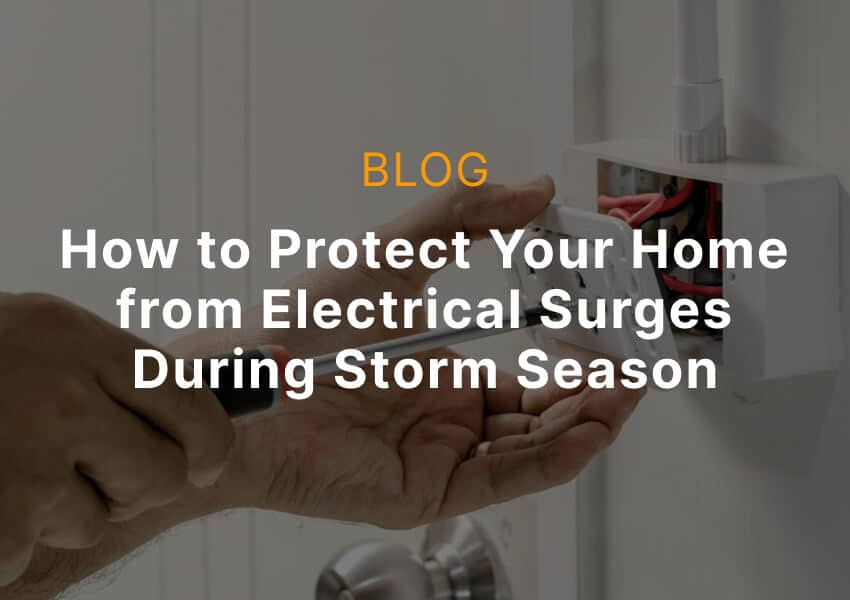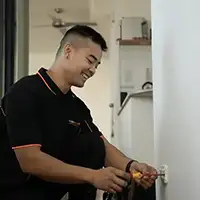Ever noticed your lights dimming or flickering when you switch on the kettle or air conditioner? Flickering lights are a common frustration for Sydney homeowners, and it’s natural to wonder, why do my lights flicker and how to stop it. In some cases, it’s a harmless hiccup, maybe a loose bulb, but sometimes it’s a sign of a serious electrical fault. Understanding when it’s a simple fix and when you need professional help is key if you want to fix flickering lights in Sydney safely and effectively.
Common Causes of Flickering Lights in Your Home
Here are the most frequent culprits behind lights flickering in the house, ranging from minor issues you can fix yourself to serious faults that need a professional eye:
- Loose or Incorrectly Fitted Light Bulbs – Often it’s nothing more than a bulb that’s not screwed in all the way or has a poor contact. A quick twist might be all it needs to stop flickering.
- Faulty Light Switches or Dimmers – Worn components, loose wiring behind the switch, or a failing dimmer can lead to poor electrical contact and intermittent flickers.
- Voltage Fluctuations in Sydney’s Grid – Power surges or high-demand periods, especially during hot summer days, can cause temporary dips or flickers throughout your home.
- Old or Damaged Wiring – Aging or frayed wiring in older Sydney homes can create intermittent connections and even pose a fire risk. Always take that possibility seriously.
- Heavy Appliances Drawing Power – When air conditioners, heaters, or fridges cycle on, the sudden power draw can momentarily dim or flicker lights nearby.
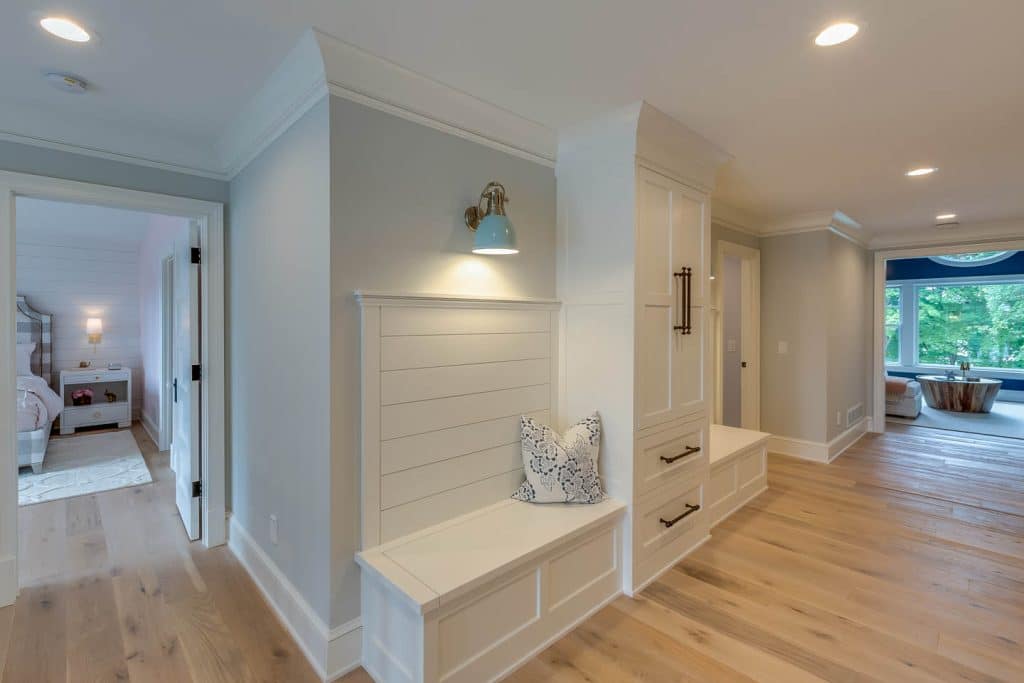
When Flickering Lights Are Harmless
Some flickering isn’t cause for alarm. Here are everyday scenarios that you can usually handle yourself, without emergency electrical repairs:
Loose Light Bulb Connections
If a bulb isn’t snug, it can flicker when there’s a slight shift, like someone brushing past or a tiny vibration. Gently tightening the bulb or replacing it can stop the flicker instantly. Just make sure the power is off first, safety first!
LED Compatibility Issues with Dimmers
Trying to dim LEDs with old-school dimmers can cause buzzing or flicker. LEDs need compatible dimmer switches designed for their technology. If you notice flicker, check whether your dimmer is LED-approved and upgrade if needed.
Temporary Power Grid Fluctuations
Sometimes flicker comes from the broader power grid, think of peak times when many households and businesses in Sydney draw power simultaneously. These dips tend to be brief and settle on their own. You can’t control the grid, but it’s usually harmless.
Occasional Appliance Startup Dips
Large appliances like fridges or air conditioners draw a surge of power when they start up. That initial jolt can dim lights temporarily, especially on the same circuit. This is typically harmless and short-lived.
Older Bulbs Nearing End of Life
Old incandescent or fluorescent bulbs sometimes flicker when they’re burning out. If the flicker coincides with the bulb getting dimmer overall, just replacing the bulb is an easy fix.
Warning Signs Flickering Lights Signal a Serious Issue
Flickering that crosses into risky territory demands your attention, and likely a call to a professional. Watch out for these signs:
Persistent or Worsening Flickering
If flicker doesn’t improve or happens more frequently, or even when nothing’s switched on, it’s time to investigate further. It could be a loose connection or deteriorating fixture.
Flickering Across Multiple Rooms
When lights in more than one room flicker, you might be dealing with an issue at the switchboard, wiring, or incoming supply. That’s beyond a simple DIY fix.
Flickering With Burning Smell or Heat
A smell of burning, scorching heat around fittings or switches is a red flag. It suggests overheating or arcing, serious hazards that need urgent attention from a licensed electrician.
Flickering When Appliances Are Off
If lights flicker randomly, even when appliances are off, it might point to a loose neutral connection or wiring issue in the main circuit. That’s a risk of shock, or fire, if not addressed promptly.
Sparks, Buzzing, or Crackling With Lights
Buzzing, sparking, or crackling sounds alongside flicker could indicate arcing or faulty connections. It’s dangerous and requires a licensed electrician in Sydney to inspect immediately.
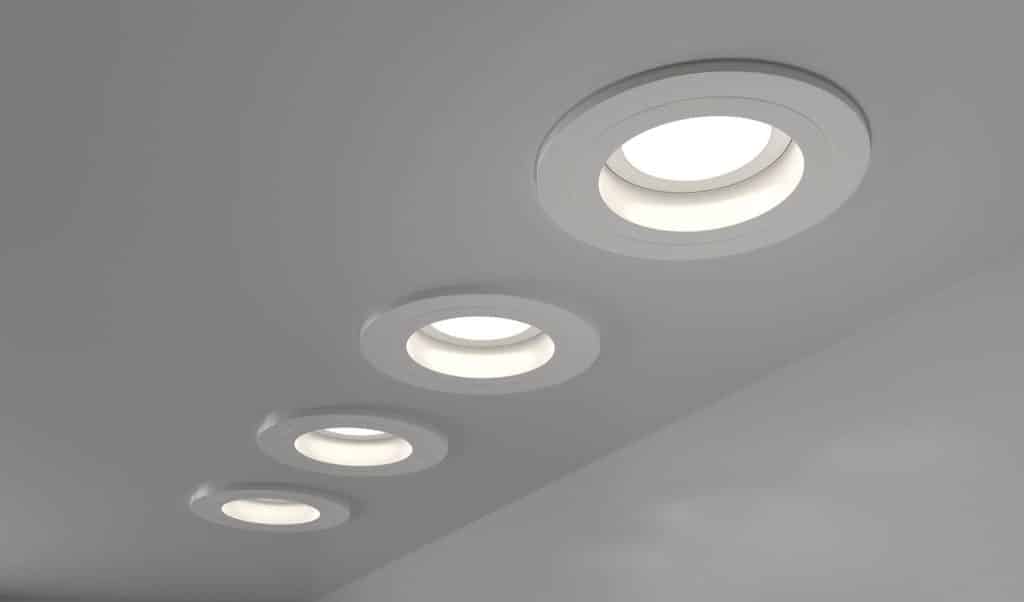
How to Fix Flickering Lights Safely at Home
You can do a few simple checks yourself, but never tackle wiring or internal switchboard work unless you’re a licensed electrician. Always prioritise safety.
Tighten or Replace Loose Bulbs
Switch off the light, let the bulb cool, and gently tighten it. If flicker continues, replace it with a fresh bulb, this often solves the issue quickly and safely.
Check or Replace Old Light Switches
If a switch feels loose or warm when touched, or flicker happens when toggling it, that switch might be worn. Don’t remove the cover yourself, just note which switch is affected and call a licensed pro.
Replace Outdated Bulbs with LED Options
Converting to quality LED bulbs can eliminate flicker from aging or misfitting bulbs. Just make sure they’re rated for Australian Standards and compatible with any dimmers you have.
Unplug Appliances That Cause Flickering
If a heavy appliance causes flicker when it starts, try plugging it into a different circuit. That can reduce overload. Still, consider having a pro look at your switchboard for better load distribution.
Call a Licensed Sydney Electrician for Persistent Issues
When flicker is widespread, persistent, or accompanied by unsettling smells or sounds, it’s time to call in the professionals. A licensed electrician in Sydney can diagnose and fix wiring faults, interconnections, or switchboard issues safely. After all, your home’s safety, and your peace of mind, comes first.
Professional Electrical Solutions for Flickering Lights in Sydney
When a quick home check doesn’t cut it, here are the professional services that can get things sorted reliably and long-term:
- Full Electrical Safety Inspections – A thorough audit of your home’s wiring, switchboard, and light fixtures. These inspections can pinpoint hidden faults you might never otherwise find.
- Switchboard Upgrades and Repairs – Older boards might not handle modern electrical loads from air cons or multiple appliances. Upgrading ensures your system meets current Australian Standards and can keep up with Sydney’s grid demands.
- Rewiring Old or Damaged Circuits – If wiring is brittle, frayed, or unsafe, having it replaced reduces the risk of fire or shock, and restores consistent power flow.
- Voltage Testing and Monitoring – Electricians can test supply voltage and monitor fluctuations over time, helping you understand whether your home’s getting stable power, or under strain from the grid.
- Safe, Long‑Term Lighting Repairs – From fixing poor connections to installing new fixtures and dimmers, a professional delivers reliable lighting repair solutions that protect your Sydney home from electrical hazards for good.

Stop Flickering Lights in Your Sydney Home
Around the city, you’ll find that flickering lights might sometimes be a simple bother, but other times they’re a signal you shouldn’t ignore. Loose bulbs or appliance startup dips? Easy fixes, with some care. But repeated, widespread flicker, or flicker with burning smells, sparks or heat, means it’s time to bring in trusted professionals.
If you’re asking, “why do my lights flicker?” and especially how to fix flickering lights Sydney, remember: you’re not alone, and help is at hand. Don’t wait until a flicker turns into a fire hazard. Call a licensed electrician in Sydney and get peace of mind.
Call Powerhub Electrical Sydney today on 0400 332 331 for expert lighting inspections, repairs, and switchboard upgrades. Our licensed electricians provide safe and reliable solutions to stop flickering lights for good.

